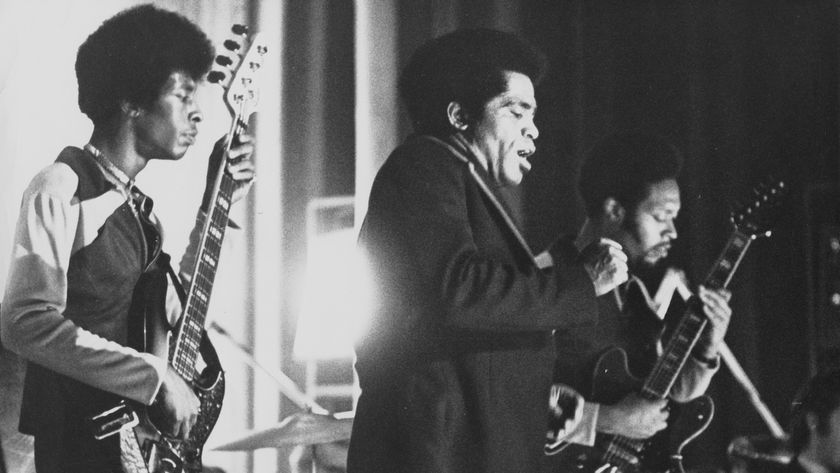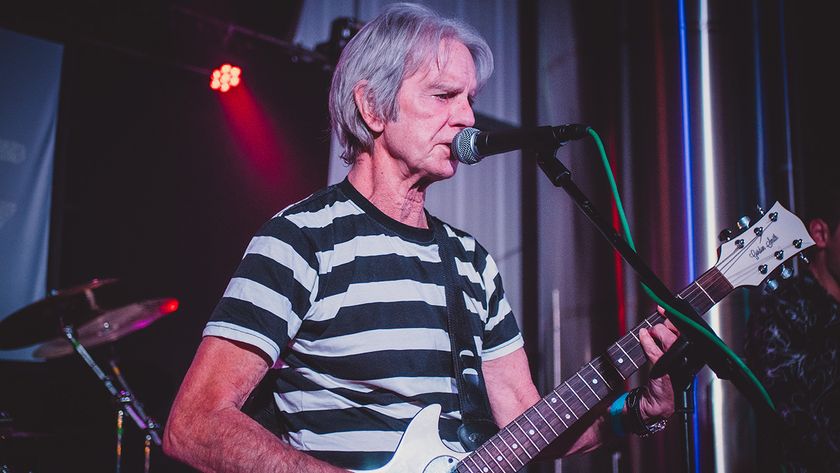Dooms Children: “I had no interest in compartmentalising everything and smoothing out the edges”
Transitioning from hardcore punk to folky psychedelica, Wade MacNeil welcomes a new lease on life with Dooms Children
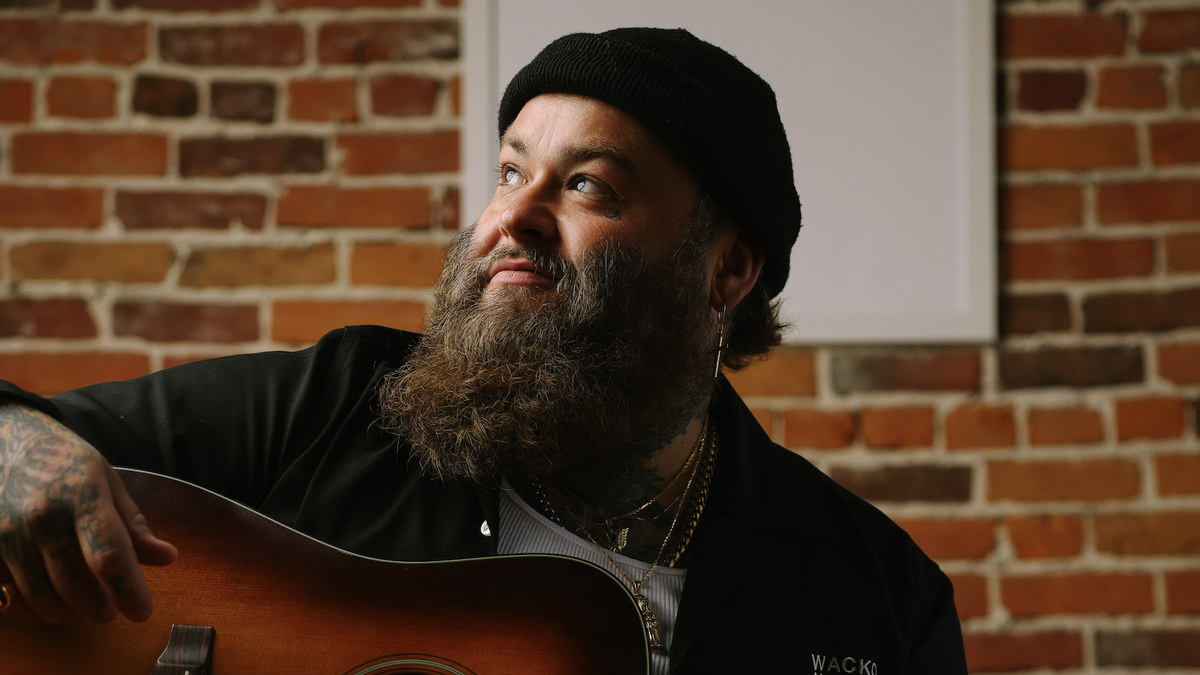
Thick, thundering riffs, monstrous breakdowns, and a voice that soars with such impenetrable might, it could instil the fear of God in God himself. For most of us familiar with the Canuck multi-hyphenate, these are first sounds our minds would conjure when someone mentions Wade MacNeil. For the past 20 years, MacNeil has been a magnate of murderously intense hardcore punk, shredding and screaming up a storm with the likes of Alexisonfire, Gallows, Cancer Bats and Black Lung.
Such is why his latest project, Dooms Children, is such a polarising enigma. Wallops of fuzz and phaser replace the gritty distortion of his hardcore outfits, MacNeil leaning less on crunch and more on cool and cruisy folk, blues and shoegaze flavours. His debut album with the solo project – an eponymous affair that hit shelves mere days ago – is a defiant leap into a new realm of sonic possibility. But it’s more than that: the album was a lifeline for MacNeil, written across a stretch of time that saw the singer-songwriter hit what he’d consider to be rock bottom, take himself to rehab and face his demons head-on, then climb his way out of the rubble with a new lease on life.
As a result, the Dooms Children LP is brutally raw, hiding not an ounce of MacNeil’s visceral emotion or bruised honesty. Which is reflected in its sound – dryly produced, distinctly natural and a little off-kilter, with nicks and spurs and the occasional break in his voice. It was minted live-to-tape, with a wealth of classic gear and recording techniques at the hip. Australian Guitar caught up with MacNeil to dig a little deeper into it all.
How do you feel playing stuff like this compared to hardcore? ‘Cause the technique is obviously super different, and the vibe even more so, but do you get the same sort of satisfaction out of it?
I think as a player, it’s rewarding in a different way. It’s very exciting because it’s new – it’s all new territory for me. It’s a very different style to what I’m used to, but I find that there are these moments that happen in music when everything lines up – y’know, it could be like a show where there’s a circle pit with 10,000 people going crazy, but you can have a similar feeling of connectedness to a setting where everyone’s actually in it together, and the room is so quiet that you could hear a pin drop. Those are two very, very different situations, but they’re the same type of connectedness. And I think that can happen no matter what kind of music you’re playing.
Did you find that you were exploring some techniques and playing styles that you normally wouldn’t think to?
I think the biggest difference was that… Okay, so I’ve recorded live off the floor in the past, but with this record, y’know, we just set everything up in a friend’s house. I’d sit down, I’d play the song for everybody, we’d run through it a couple times, and then we’d hit record. And we did that for all the songs, which I think has a lot to do with the way the record sounds. There’s a looseness to it, which is closer to those older records that I love so much. And in the guitar playing, y’know, I just tried to be more improvisational. I just had that idea of going, “Well, there’s going to be a guitar solo here,” and then I would just… Do it. And that would be that. I’d try to take that approach where I was being more improvisational and not smoothing out the edges.
Even vocally, I’d sing a song once or twice, and that would be it. Because it’s like, that’s the way it sounds when a group of people play together. This is the way my voice sounds, and maybe that isn’t perfect. Maybe I drop a word or two into a whisper, or maybe it’s kind of flat sometimes. But I don’t know, that’s kind of the way I sing, so I thought, “Let’s just let this be what it is.” I think that was probably the biggest change – just allowing my voice to be what it is, and not revising things too much.
Just letting it be a very human record, right?
Yeah. I had no interest in compartmentalising everything and smoothing out the edges. Nothing’s played to a click track, and everything is as live as it could be with four guys playing together in a room.
Get The Pick Newsletter
All the latest guitar news, interviews, lessons, reviews, deals and more, direct to your inbox!
So let’s chat gear – what guitars did you wake up to every morning?
I used a lot of them! I’ve got a pretty big collection of old Gibsons and Fenders that made their way into everything. The other guitar player that played on everything, Pat [Bennett], he’s a real Flying V guy, so a lot of the big solos were played on a ‘70s V. I like old gear; all of my guitar stuff was done through a small Fender Princeton amp from the ‘50s, and mostly on my orange Strat.
What is it about that Strat that just makes your heart skip a beat?
Well, what makes my heart skip a beat is that it was painted red, and through the magic of being in smoky clubs, and having the shit played out of it, it’s now this bright orange colour. But I don’t know, sometimes you pick up a guitar and it makes you feel like you’re a little bit better than you are. I saw that guitar in Miami, and I was just like, “F***, I gotta get this.” I’m not really this good, it’s all just the orange Strat [laughs].
What about in the way of effects?
There’s some big fuzz stuff, which was all done with a first-generation [Pro Co] Rat. And then I’ve got one of the first-gen Electro-Harmonix Small Stones. There’s a lot of this swirling phase effect on a ton of this stuff, and that’s where that came from. I’d say there’s more phaser on this record than anything I’ve ever done – there’s this kind of ethereal swell to everything, so that pedal is all over the record for sure.
How do you see this record working live?
I’m just starting to put the band together! I didn’t really thing about it at all, and now I’m just like, “F***, who’s gonna be the Bongo player!?” I’m going to play these shows in the fall, and I’m going, “F***, am I going to be able to get eight people on the same stage!?" But y’know, we’ll figure it out. I’m lucky that I know a lot of talented musicians, and a lot of people have hit me up about wanting to play. It’s really exciting to go out there and have a big band, y’know? It’s gonna be something very different, and I’m excited to go out and make sure we’re able to do everything that’s on the record. There’s gonna be lap steel guitars and an organ, and y’know, if we’ve gotta get two drummers, we’ll get two drummers!
I feel like these songs could work equally well in a full-band setting and acoustically. Do you see both being viable for Dooms Children?
Yeah, I think that’s certainly a possibility. At this point, I’m just excited about putting together everything that’s represented on the record. But yeah, that was the way the songs were written – every song was was written by me, sitting down with an acoustic guitar and just hashing it out from start to finish. I went into the studio, I sat down, I played the guitar, showed everybody what I played, and then we just went from there. So they’re certainly all songs that could exist in that capacity, and I’m sure I’d enjoy doing it that way. Maybe as people become a little bit more familiar with the songs, it’d be a treat to do them all in acoustic gigs.

Ellie Robinson is an Australian writer, editor and dog enthusiast with a keen ear for pop-rock and a keen tongue for actual Pop Rocks. Her bylines include music rag staples like NME, BLUNT, Mixdown and, of course, Australian Guitar (where she also serves as Editor-at-Large), but also less expected fare like TV Soap and Snowboarding Australia. Her go-to guitar is a Fender Player Tele, which, controversially, she only picked up after she'd joined the team at Australian Guitar. Before then, Ellie was a keyboardist – thankfully, the AG crew helped her see the light…
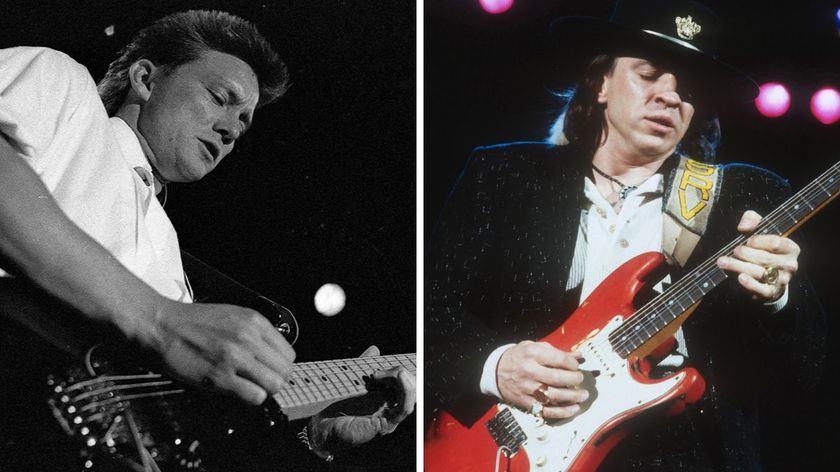
“I could barely play his guitar. He had 12s on the top. It was like a G string. I was like, ‘How do you do that?’” Huey Lewis and the News' Chris Hayes looks back on his friendship with Stevie Ray Vaughan – and the blues great's notorious guitar setup
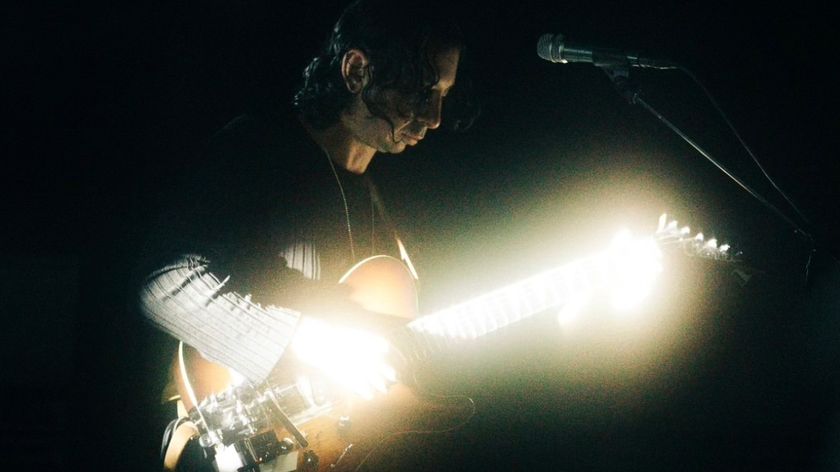
“The Charvel is something Mike had at the house. The idea was to be able to cover pads, synth sounds and faux acoustic sounds”: From Raphael Saadiq to Mk.gee, Andrew Aged is on a quest for guitar reinvention – one guitar mod and off-kilter pedal at a time
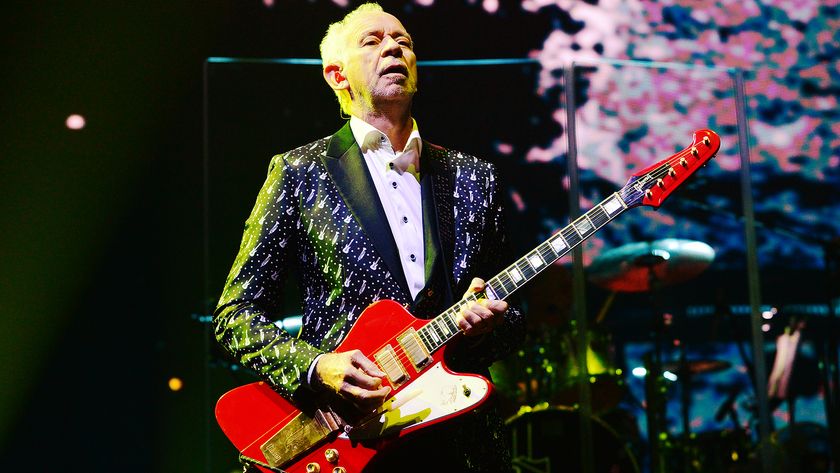
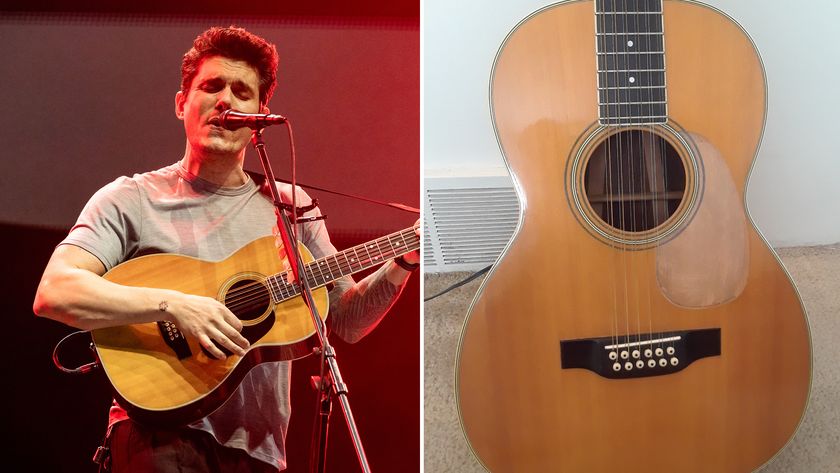
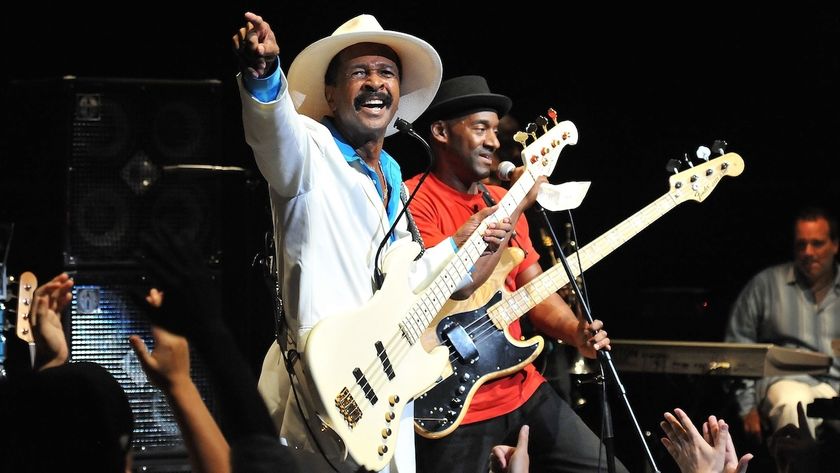
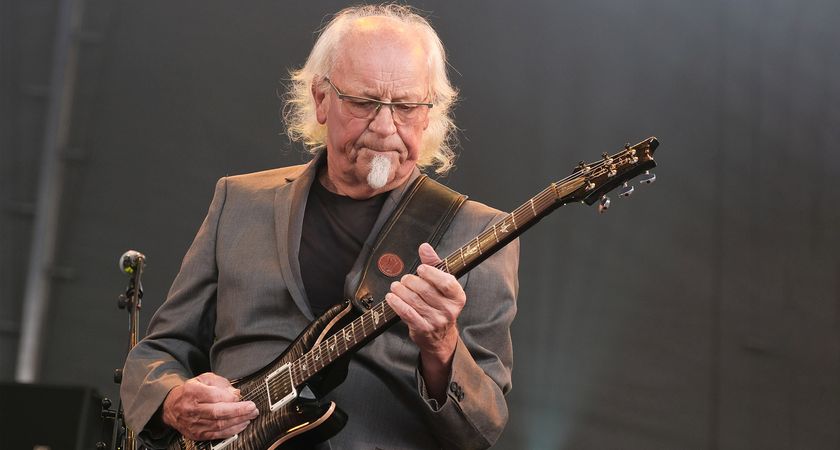
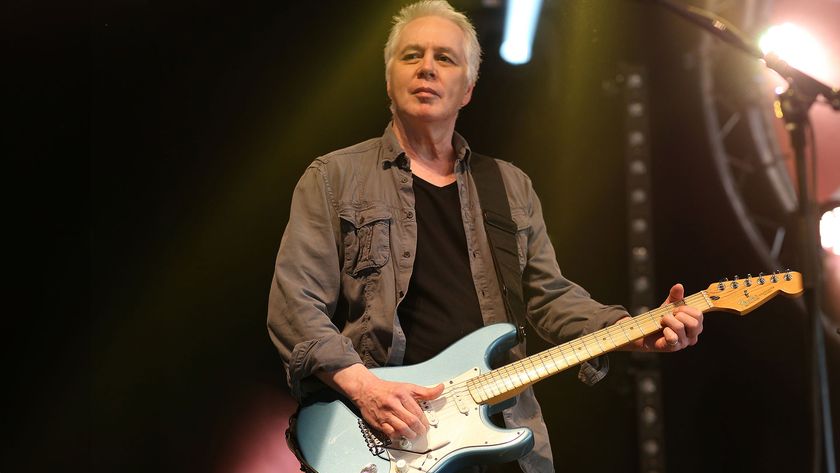
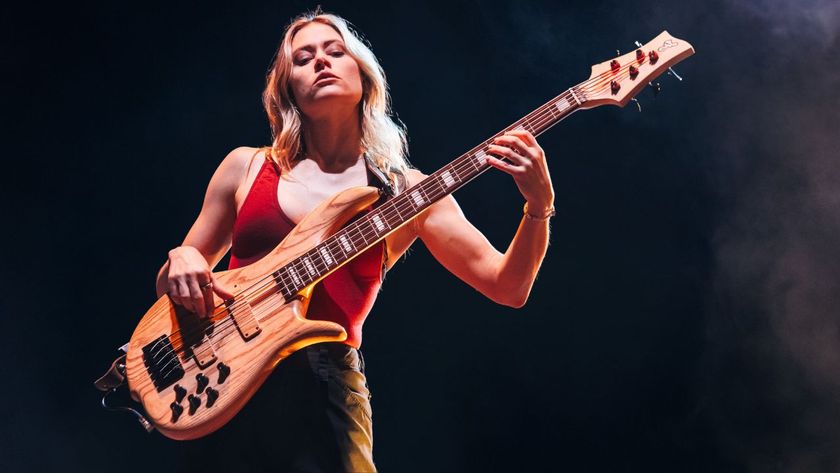
![Adrian Smith [left] and Richie Kotzen pose with an HSS S-style and Telecaster respectively.](https://cdn.mos.cms.futurecdn.net/DqivbKgc2aXLoykDT3h5mN-840-80.jpg)
